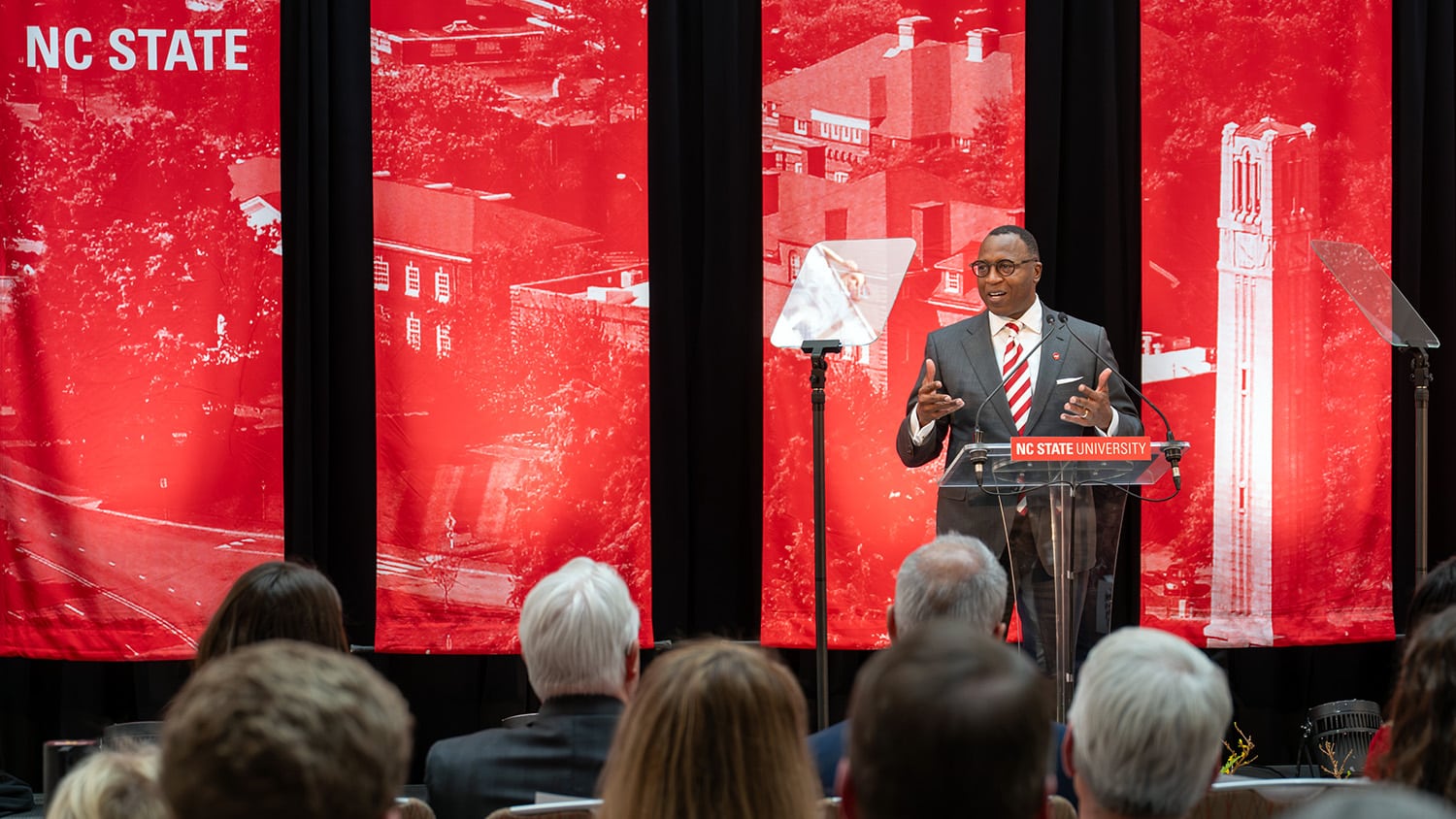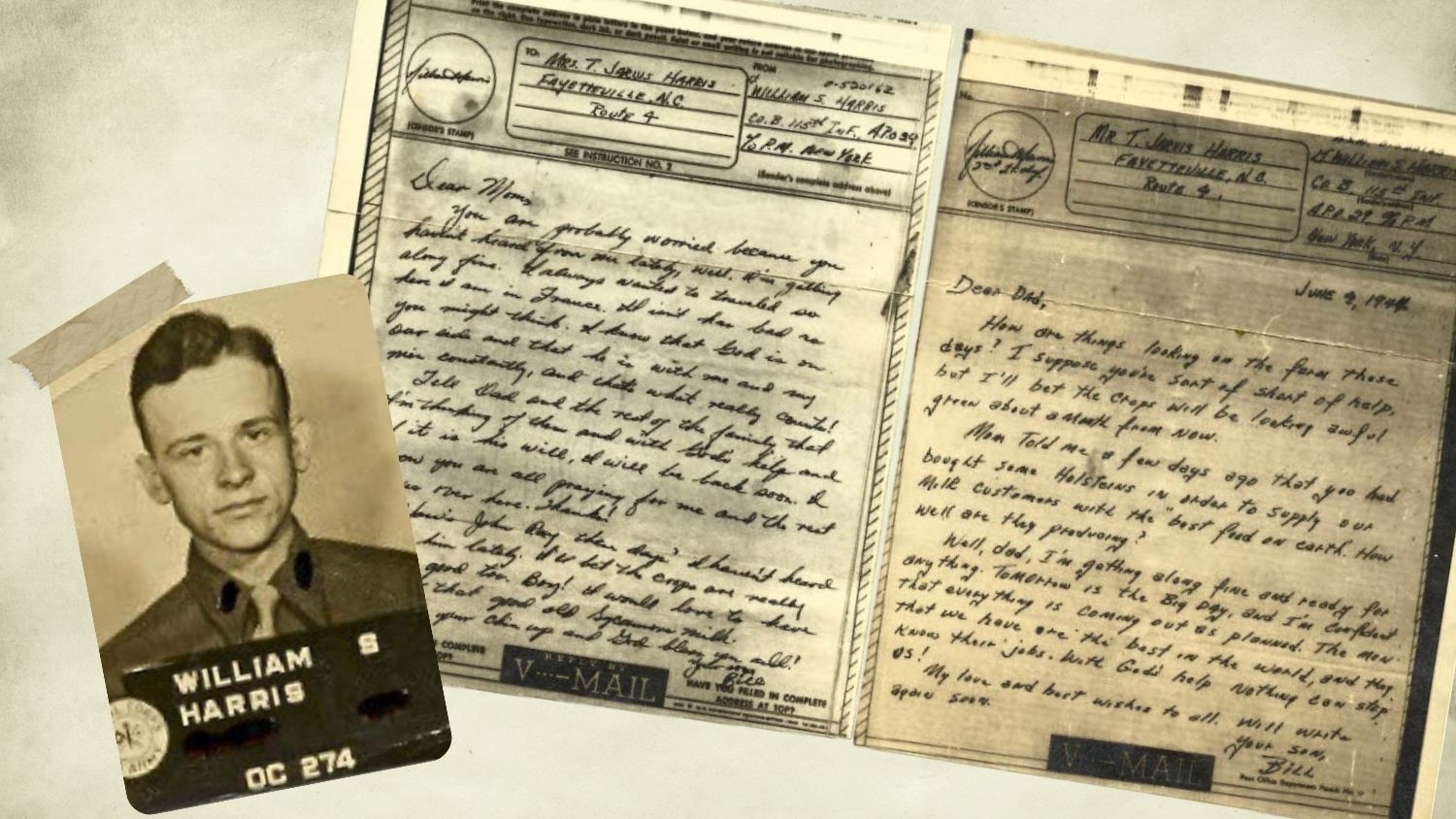Making a Connection
The massive earthquake that struck Haiti on Jan. 12 devastated the country, leading to an estimated 150,000 deaths. Now, an NC State alumnus and Haiti native has employed his talents to help people get in touch with friends and loved ones using social networking technology.
Michael “Max” Maximilien (M.S., 2001; Ph.D, 2005) has developed the Haiti Quake People Finder, a Facebook application that allows users to socially construct, track, and share information about friends and family who were in Haiti when the earthquake hit.
Maximilien, who works as a research staff member at IBM Research in San Jose, CA, began work on the application almost immediately after hearing about the quake.Living in California gave him an immediate perspective on the damage a 7.0 earthquake could do.
“I wanted to do whatever I could to help,” he said. “With my background in computer science, I thought the best thing I could do was to help people communicate and collect information.
“That night, I realized most of the information I had was from Facebook friends explaining, ‘This person is fine,’ or ‘This person is trapped,'” Maximilien said. “By the next day, I had a simple application ready for release.”
Since it launched on Jan. 13, the Haiti Quake People Finder Facebook application has attracted more than 1,100 members. The application emphasizes the term “survivors” to help inspire hope in those who are still looking for information on their missing loved ones. Users can tag survivors and victims as friends and family members through the application, which has also been promoted by Facebook on its Disaster Relief page.
New features are constantly added. The application is periodically synched with Google Person Finder, which maintains a centralized database of all similar applications involved in the Haiti Relief effort, such as CNN’s iReport. A Google Maps mashup in the application locations tab allows users to view maps of locations with details information about survivors and victims who are tagged or last known to be at a particular location.
Maximilien said the Haiti Quake People Finder will ultimately be synched with hundreds of databases, and that the information provided by Google represents a number of top government and rescue organizations.
“They were also in touch with the White House, so the White House is somewhat represented in the list, as well as the Red Cross and other similar organizations,” he said.
Maximilien has stayed in touch with an aid center in Miami and continues to add more features to the application that allow for quicker and more efficient status updates of new survivors and victims through Twitter. Through it all, he’s been most affected by being able to find out what happened to people he knows.
“Though some of my friends are still missing and some are confirmed deceased, knowing I had statuses for my immediate family and a list of friends on record was the most gratifying part of this experience,” Maximilien said.
It also illustrates how much technology in Haiti has evolved.
“In Haiti, for as much as I can recall, communication was difficult and a privilege,” he said. “Getting a phone line required years of being on a wait list or being located in some few lucky areas of Port-au-Prince.
“I went there for the first time in years, and was surprised to see that now everyone has a cell phone,” Maximilien said. “People used these phones during the disaster and could even call from the rubbles.”
Though the Haiti Quake People Finder has helped many people so far, Maximilien admits there’s a lot of work ahead.
“When tragedies like this occur, everyone does what they can to help,” he said. “For me, this was one thing I could do.”
- Categories:


